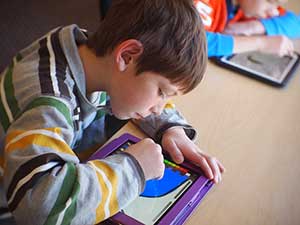Boost Back-to-Classroom Prep: New Science Games in August 2024
Hi Legends! Welcome to another exciting update from our Learning Universe: check the new science games in August 2024!
This August, we’re thrilled to introduce you to the latest additions to our growing array of science classroom games, designed to engage while enhancing your students’ test scores.
Did you miss last month’s new games? Take a look at July’s update here.
New Science Games in August 2024 🧪
Get ready to engage your students with exciting new adventures and hands-on learning experiences.
Grades K-2
- Lovely Planet: Create the world of your dreams and see how plants and animals interact with their environment on our lovely planet Earth.
- Buddy Care: Take care of our little friends, a bird, and a plant, to learn more about their processes of growth and development.
Grades 6-8
- Angry Birds: Return Home: Join our Angry Birds friends in their mission to send Ice Bird back to his home planet Cold Cuts. Use your knowledge of gravity to sort all the obstacles!
- Fury the Capybara: Help Fury, a grumpy movie director, create his next show while learning more about plate tectonics.
- Captain Kipper’s Current Quest: Travel across the ocean without a working propeller! Yes, only use the ocean currents and your guts to avoid enemies!
- Think Titans: Solar System Explorers: Explore our universe with Loopy and Prof. Hoot in their spaceship. You’ll learn more about the planets, stars, and celestial bodies in your travels.
A Closer Look at Featured Games
Lovely Planet — Elementary Science Game

Game Description:
Create a beautiful forest and a coral reef.
Discover how humans affect the environment with a memory game and paint a better city.


Angry Birds: Return Home — Middle Science Game

Game Description:
We need to help Ice Bird on his mission to get back to his home planet.
To accomplish that, we will have to defeat the space pigs of every planet.
Join us on this awesome trip and you will learn about the solar system and the concept of gravity.
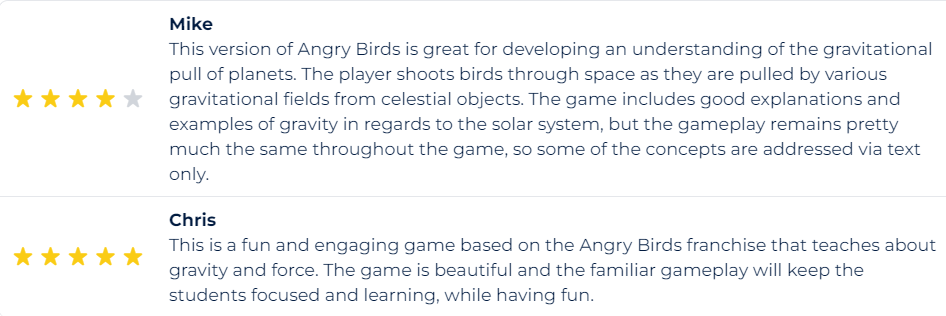
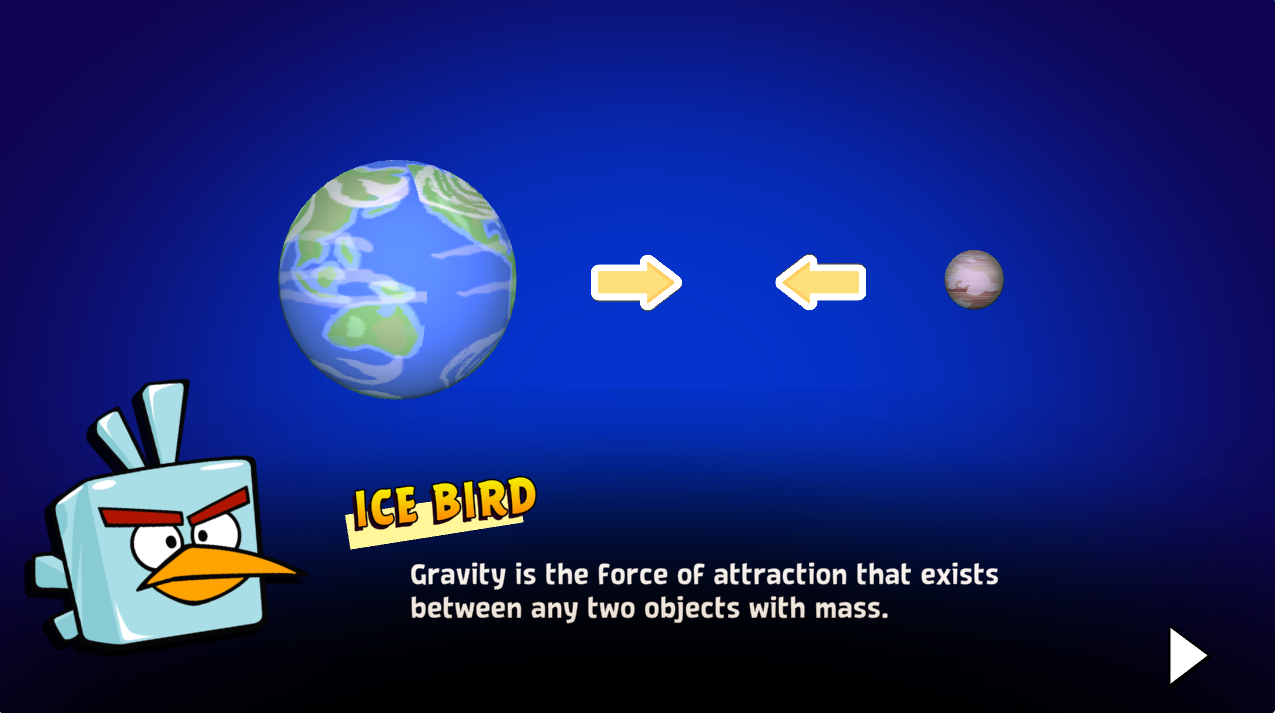
Fury the Capybara — Middle Science Game

Game Description:
Fury the Capybara is a movie director with a particular personality; he’s grumpy.
Players have to buy props for Fury’s next show while learning the plate tectonics characteristics and playing multiple minigames.
The game offers two modes: Story Mode, where you will be lectured about plate tectonics and play fun minigames. Practice Mode, where you can go directly to have fun while recapitulating the main topics with the summarized activities.

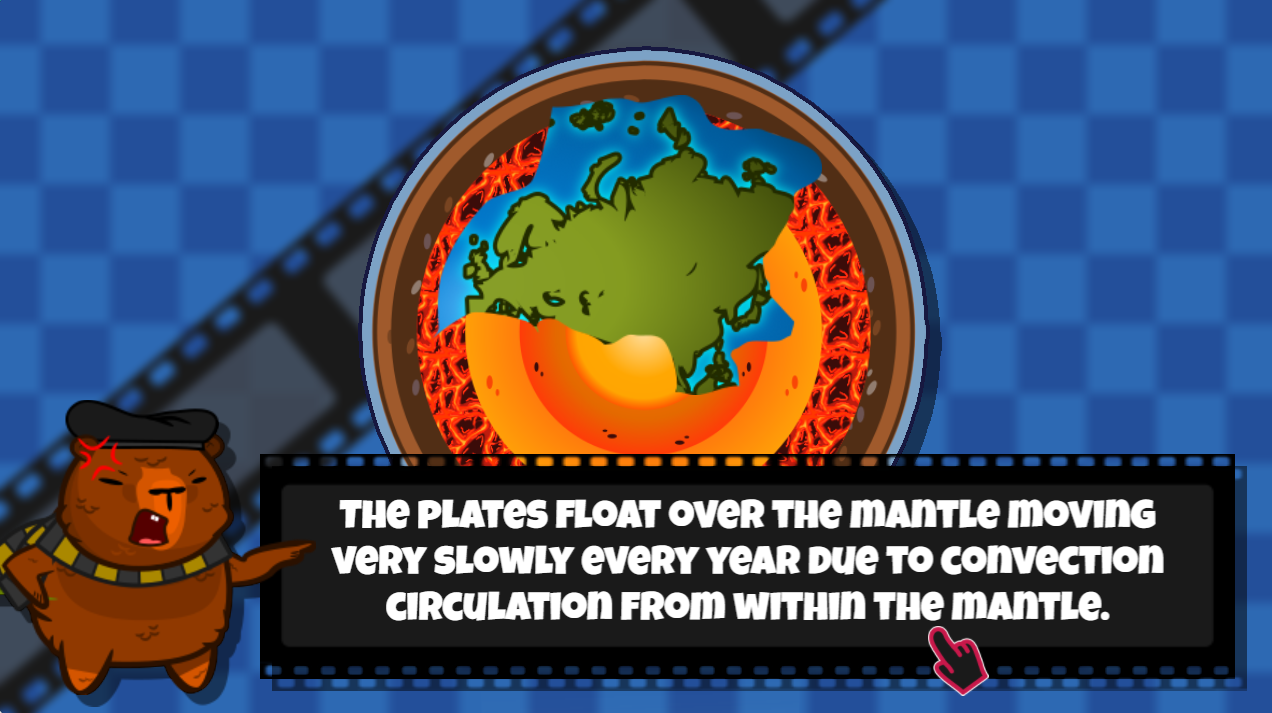
Keep an eye out for more exciting game updates coming your way soon.
Have you missed last month’s new games? Take a look at July’s update here! And don’t forget to keep an eye out for more exciting game updates coming your way soon.
Are you new to Legends of Learning and eager to try these games? Sign up now and embark on an educational adventure!

Don’t miss out on the chance to earn reward points. Leave a teacher review! Your feedback helps other educators select the right games and ensures students have access to the best educational material.
Plus, your input guides us in creating more of the games you love. Start earning rewards today and make a difference in the learning journey!
Have questions? Reach out to us at support@legendsoflearning.com



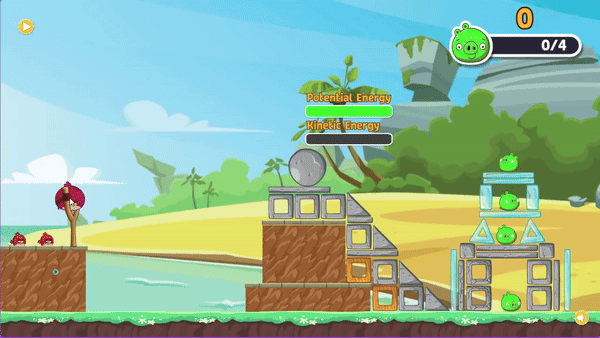
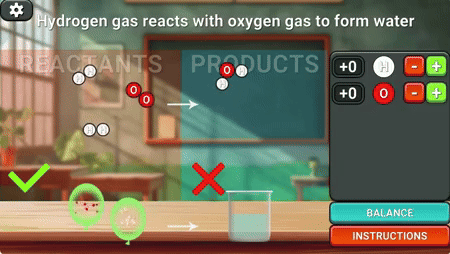
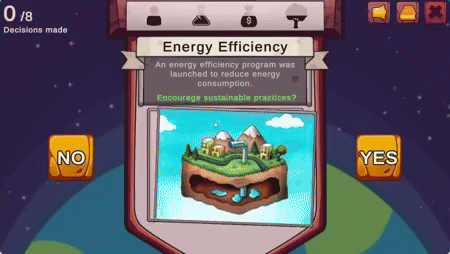

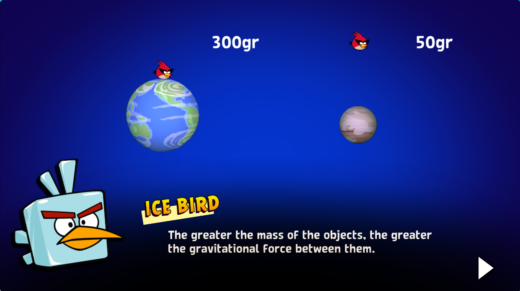

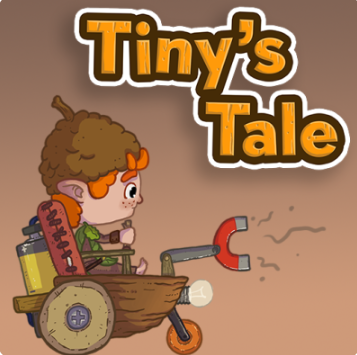
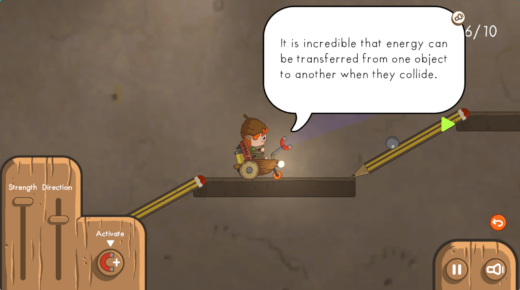


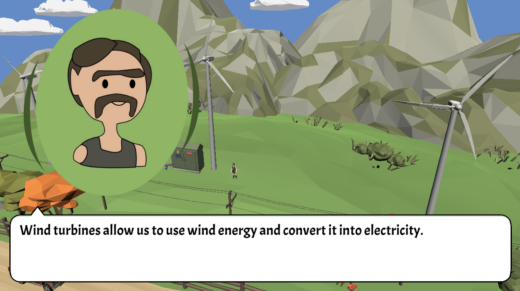

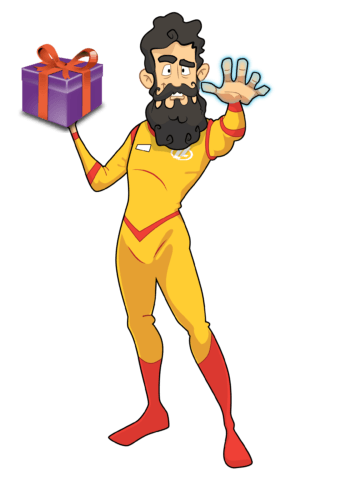

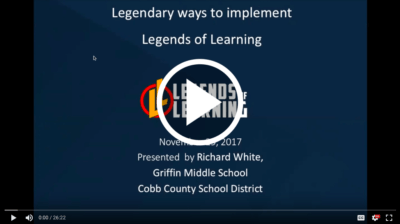
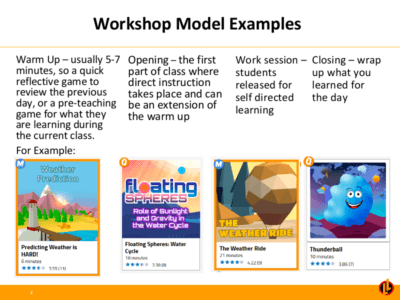
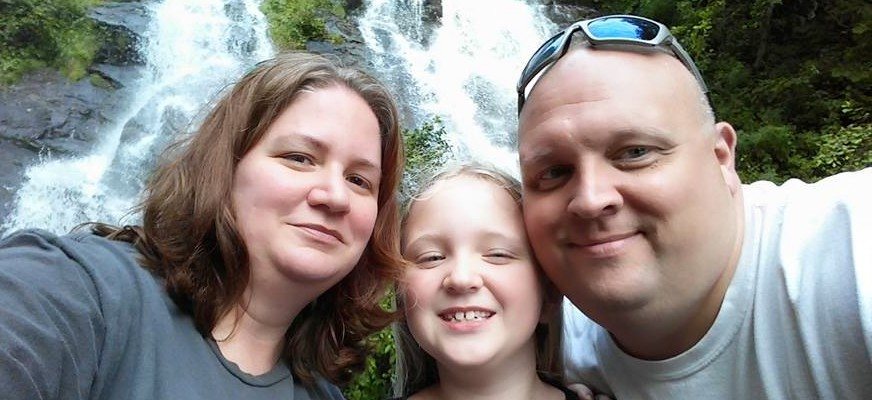
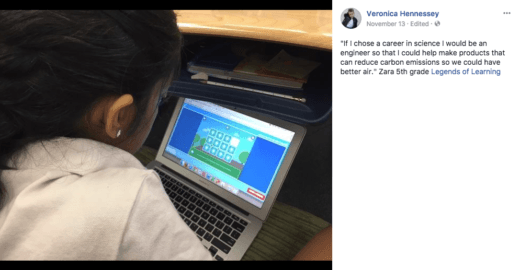
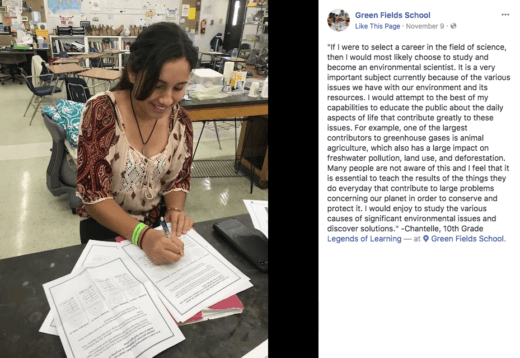
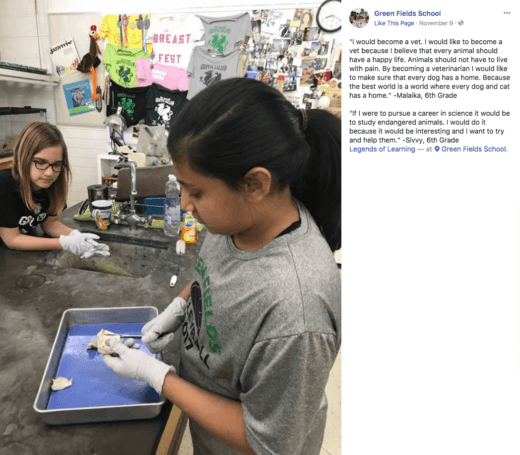
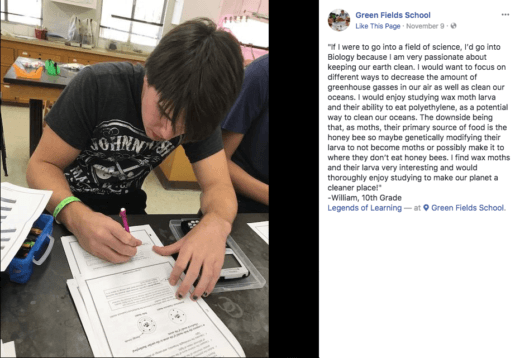
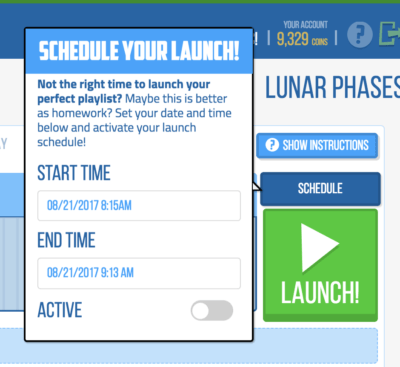
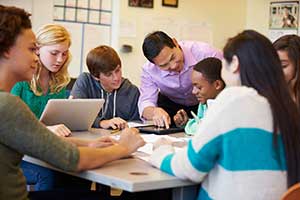 Making the shift from traditional learning to blended learning is daunting and impacts every stakeholder in a school community, including leaders, teachers, IT staff, students, and parents. As a result, the journey from old to new, from traditional to blended, must be a shared journey—one in which all stakeholders are engaged and all voices are heard.
Making the shift from traditional learning to blended learning is daunting and impacts every stakeholder in a school community, including leaders, teachers, IT staff, students, and parents. As a result, the journey from old to new, from traditional to blended, must be a shared journey—one in which all stakeholders are engaged and all voices are heard.